As educators, it is our responsibility to educate children about the diverse cultures and histories that make up our world. One important aspect of this education is the teaching of Indigenous cultures and their symbol use. Indigenous symbols have a rich and meaningful history and can provide valuable insight into the beliefs and traditions of Indigenous peoples.

In this guide, we’ll discuss why it is important to teach children about Indigenous symbol use and how you can incorporate this into your classroom. We’ll also introduce a useful tool for educators – the Japily Symbol Stamps and Flashcards – that can help bring Indigenous symbols to life in the classroom.
Why Teach Children About Indigenous Symbol Use?
Teaching children about First Nation symbol use can help promote cultural understanding and respect. It can also help children learn about the rich history and traditions of Indigenous peoples, which can be especially important for Indigenous children who may not have learned about their own culture and heritage.
In addition, learning about Aboriginal symbols can promote creativity and critical thinking. Children can learn about the meanings behind different symbols and how they were traditionally used in Indigenous cultures. They can then use this knowledge to create their own artwork and designs, incorporating their own personal interpretations of the symbols.
How to Incorporate Indigenous Symbol Use into Your Classroom
There are many ways to incorporate First Nations symbol use into your classroom, depending on the age and interests of your students. Here are a few ideas to get you started:

Lesson Plans and Ideas
The Japily Symbol Stamps & Flashcards & Aboriginal Wood Symbol Flashcards feature a range of symbols commonly used in contemporary Aboriginal art, making them an excellent tool for engaging students in visual arts and promoting cultural understanding.
To help you get the most out of this product, we’ve developed some FREE lesson plans that incorporates the Japily Symbol Stamps & Flashcards and aligns with the Australian Curriculum and Early Years Learning Framework (EYLF).
Early Years Learning Framework
The EYLF lesson plan is suitable for 4-5 year olds and focuses on exploring Aboriginal symbols and developing creativity and appreciation for the natural, social and cultural world through the visual arts.
Preschoolers will learn:
Australian Curriculum
The Australian Curriculum lesson plan is suitable for students in Years 3-4 and focuses on developing techniques and processes to represent ideas, experiences, observations and imagination, employing a range of media, materials and technologies.
Here’s what your students will learn:

Each Japily Indigenous Symbol Collection comes with an educator notes that is full of activity ideas and inspiration that is aligned to both the EYLF and the Australian Curriculum.
Teaching children about Indigenous symbol use is an important part of promoting cultural understanding and respect. By incorporating Indigenous symbols into your classroom, you can help children learn about the rich history and traditions of Indigenous peoples, while also promoting creativity and critical thinking.
Sign up to be the first to know about new products and blog posts and get exclusive discount codes.


We acknowledge and pay our respects to the Minjungbal People of the Bundjalung Nation, the Traditional Custodians of the beautiful land and waterways on which we live and work.
Always was. Always will be Aboriginal land.
Copyright © Songlines Art, Culture, Education.
We acknowledge and pay our respects to the people of the Bundjalung Nation, the Traditional Custodians of the beautiful land and waterways on which we live and work.
Always was. Always will be Aboriginal land.
